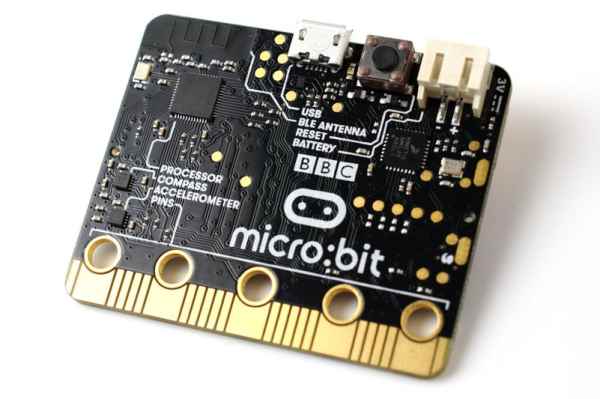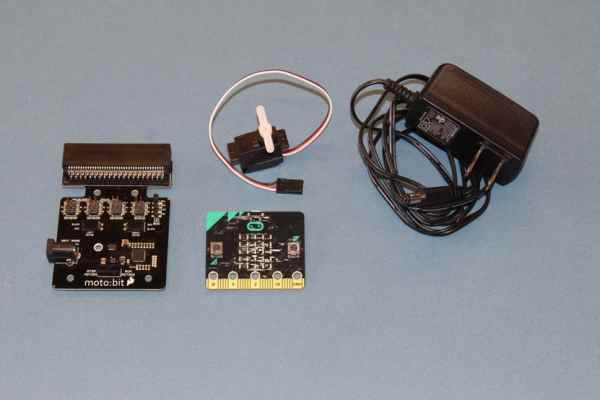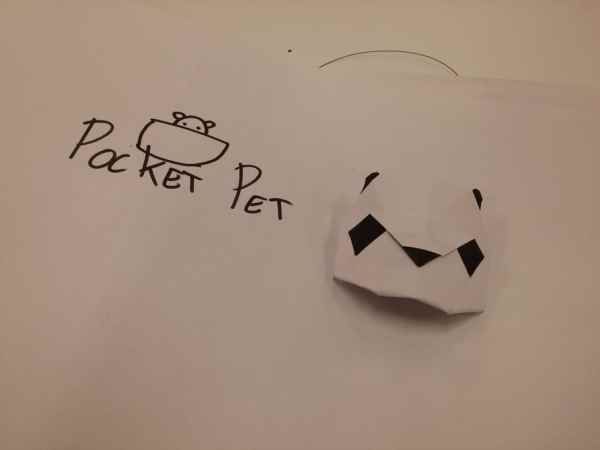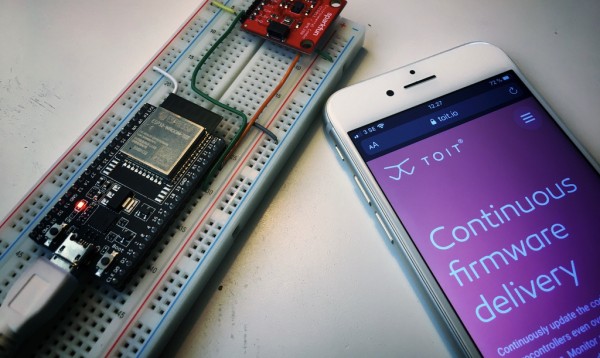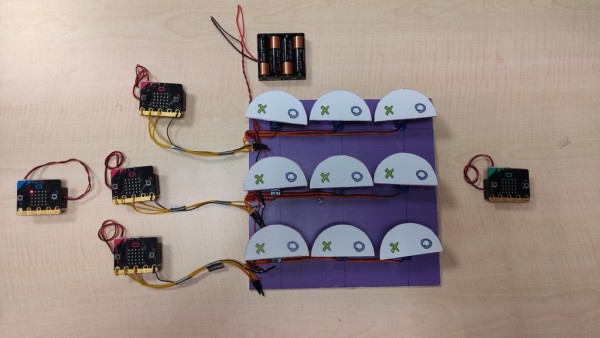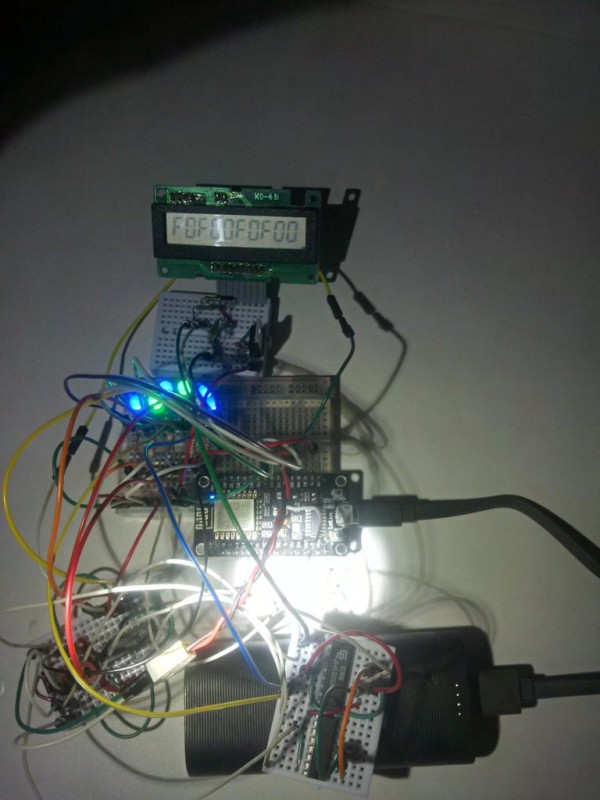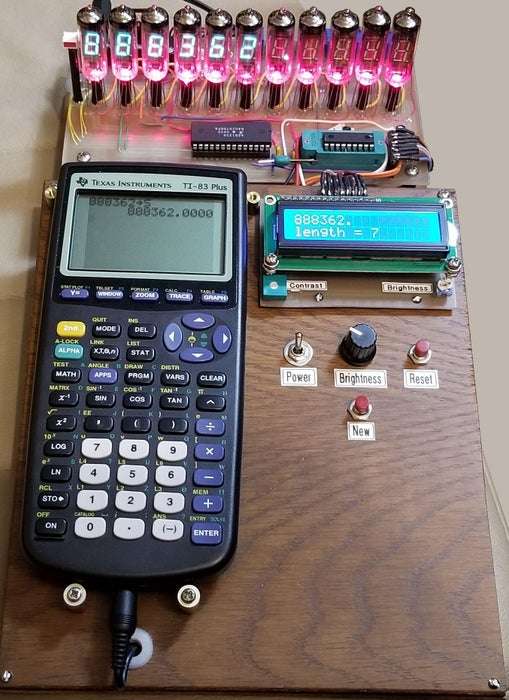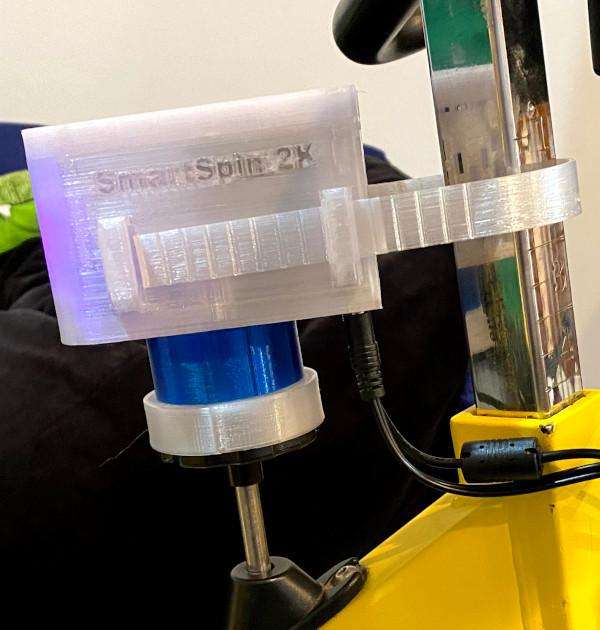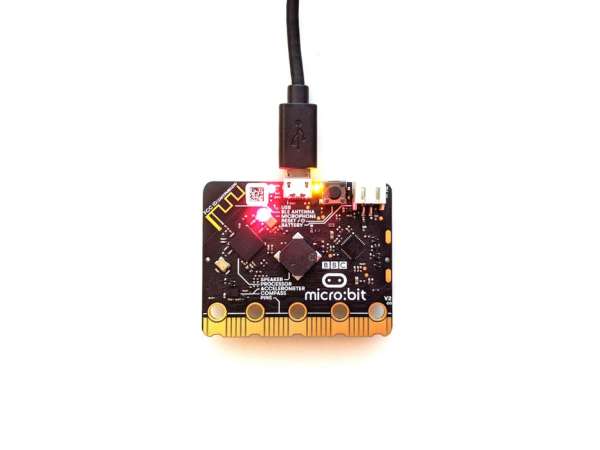Network Rivalry: a Low-Latency Game for the BBC Micro:bit
In this tutorial, I will explain how to implement a basic multiplayer game on the BBC micro:bit with the following features: A simple interface Low-latency between button presses and screen updates A flexible number of participants Easy control over the game using a master remote (“root”) device The game is essentially a simulation of politics. […]
Network Rivalry: a Low-Latency Game for the BBC Micro:bit Read More »

